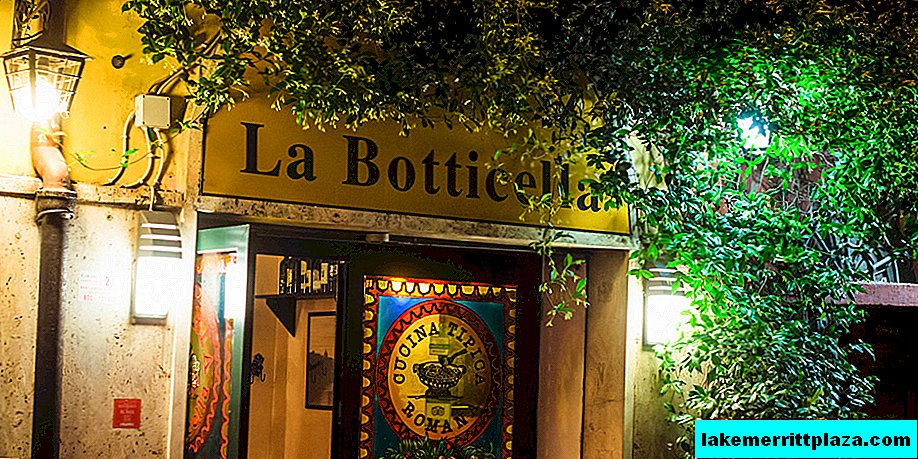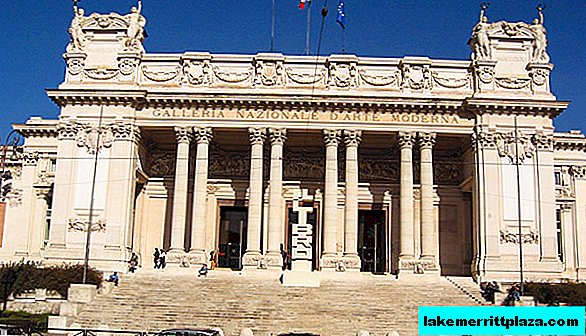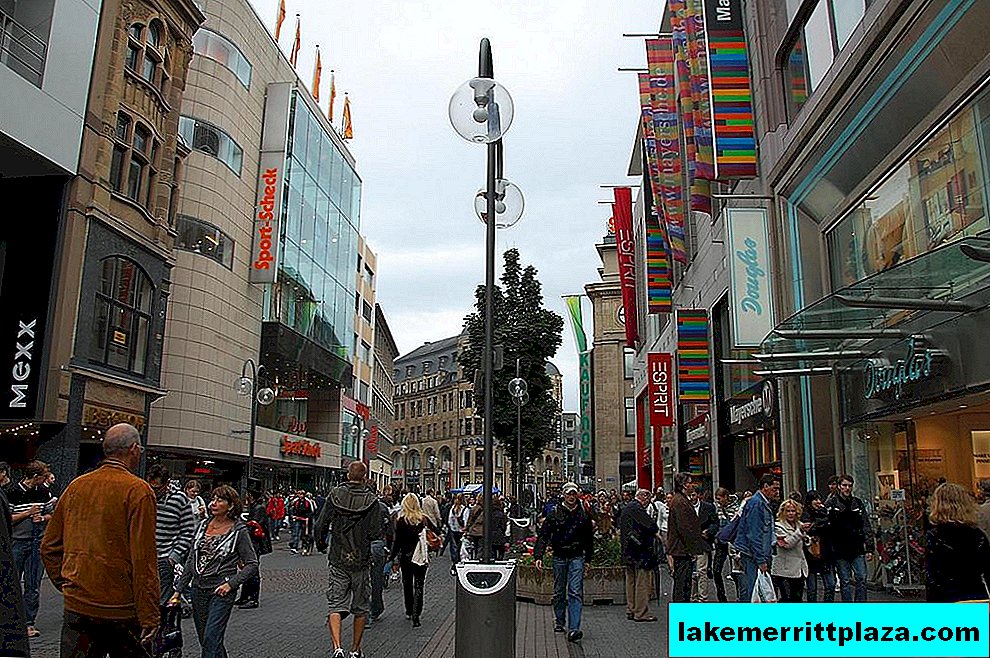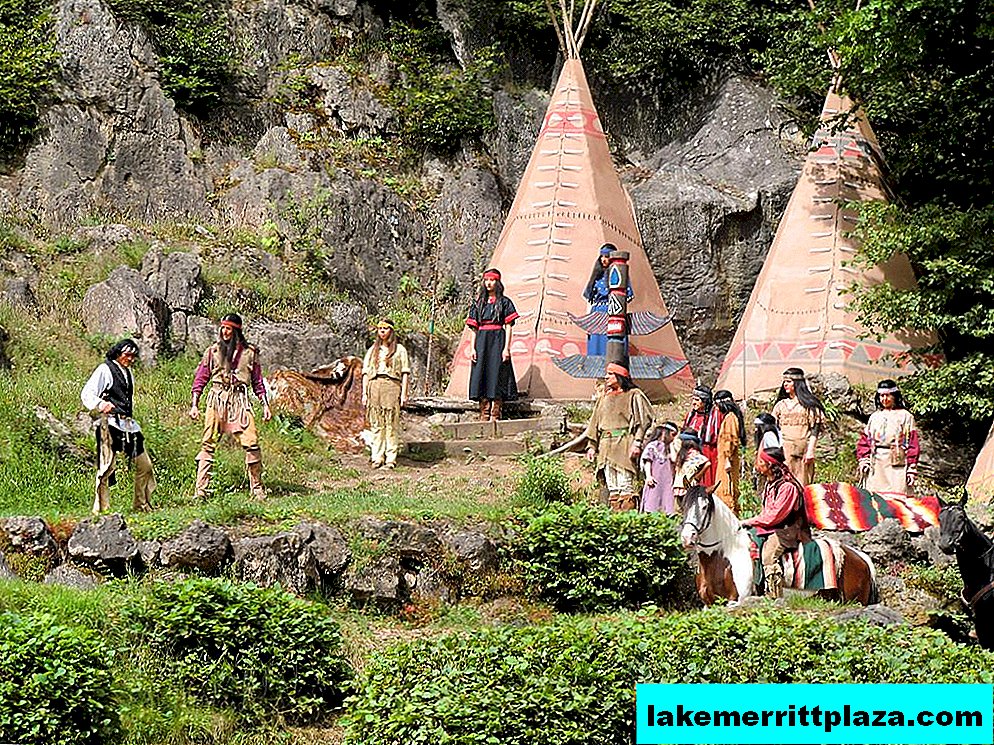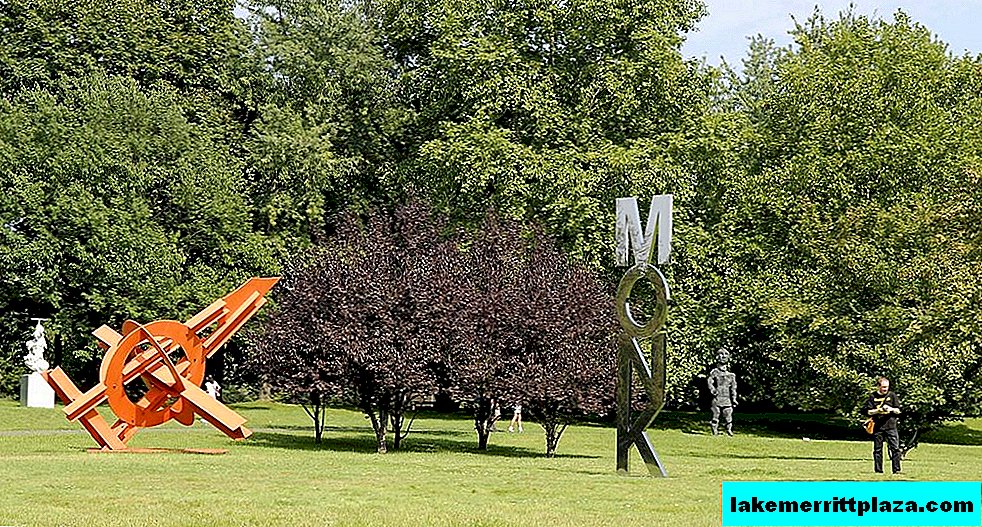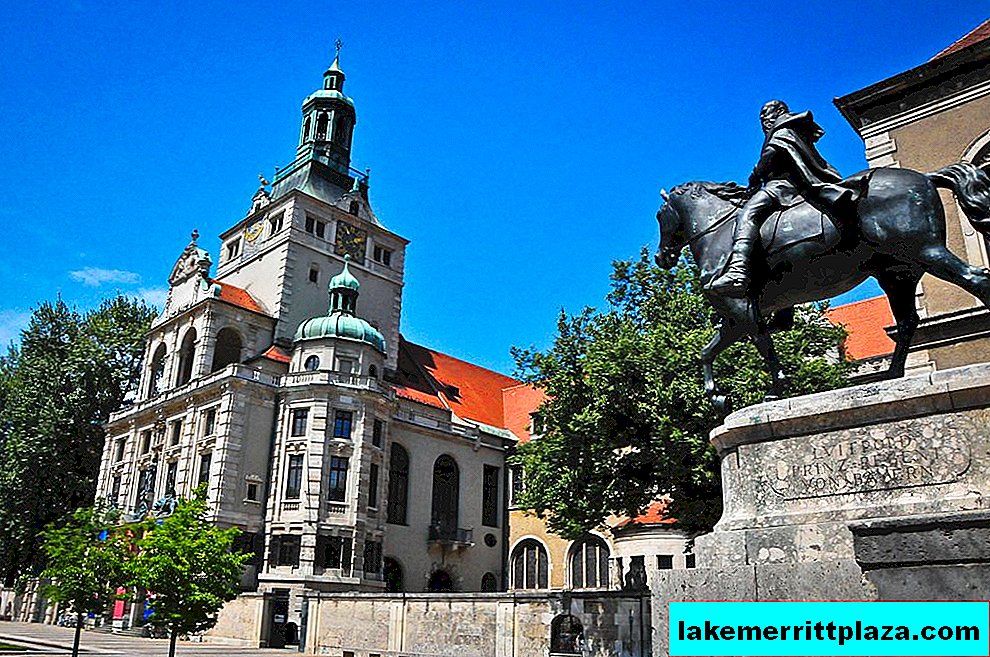The town of Kreuztal, where we lived and from where we made daily trips on excursions, is located equidistant from the nearest most interesting cities in the excursion plan - Cologne, Koblenz and Marburg. To each of these cities in a straight line is about 65-70 kilometers.

German sketches
German sketches. Part I
German sketches. Part II
German sketches. Part III
German sketches
Part IV Cologne Cathedral
The town of Kreuztal, where we lived and from where we made daily trips on excursions, is located equidistant from the nearest most interesting cities in the excursion plan - Cologne, Koblenz and Marburg. To each of these cities in a straight line is about 65-70 kilometers. The Siegen-Wittgenstein district, to which Kreuztal belongs, is located at the junction of the three federal states of Germany - North Rhine-Westphalia, Rhineland-Palatinate and Hesse. When traveling to the three above-mentioned cities, you have the opportunity to get acquainted with the features of all three lands, because Cologne is located in Westphalia, Koblenz in Rhineland-Palatinate, and Marburg in Hesse.
On one of the first days of our stay in Germany, our hospitable hosts - Tatyana and Erich, took us on an excursion to Cologne. And what is the most interesting thing in Cologne? What is the unofficial symbol of Cologne? That's right, Cologne Cathedral of the Blessed Virgin Mary and St. Peter, or, as it is called in Germany, Kölner House. Here, to this extremely grandiose construction, we, having arrived in Cologne, first of all went.

Cologne Cathedral
Cologne Cathedral, without a doubt, is one of the most outstanding examples of Western European medieval architecture. It has a height of 157 meters and is the third highest religious building in the world. The first place in this row is occupied by the cathedral in Ulm (Germany, the land of Baden-Württemberg), and the second - the Notre-Dame-de-la-Paix church in the capital of the African state of Côte d'Ivoire - the city of Yamoussoukro. Unexpectedly, right? Yes, one of the poorest countries in the world has a tall church on its territory, very similar to St. Peter's Basilica in the Vatican, despite the fact that only 20 percent of the population of Côte d'Ivoire are Christians.

Entrance to Cologne Cathedral
The Kölner House was erected on a sacred place where, even in the pre-Roman era, the pagan sanctuary was located, fragments of which were found during excavations that continue in the Old Town of Cologne to this day. Then the Romans erected an early Christian church on this site. After its destruction, a large Romanesque cathedral was built, which burned to the ground in 1248. Immediately after this, a new cathedral was laid. By the middle of the 13th century, a new architectural style, Gothic, came into fashion in Western Europe. By that time in France there were already several gothic temples that impressed with their beauty and power, and the Germans did not want to yield to their neighbors in anything. The new Gothic cathedral in Cologne was originally planned as the largest and tallest in Europe. Construction continued intermittently for 632 years, and only in 1880 there were celebrations dedicated to its completion. Over the next four years, until the construction of the Washington Monument in the USA was completed, Kölner House was the tallest building in the world.

Cologne Cathedral
Probably, the place where the Cologne Cathedral stands has a powerful energy. Otherwise, how can one explain the fact that during the Second World War the cathedral was almost not affected by the bombing of the Allied aircraft (it only hit two or three bombs), while the whole of Cologne was turned into a pile of ruins. It is said that English and American pilots had an unspoken agreement not to bomb the Waiter House, as it served as a good geographical reference. Well, maybe that was it.

Cologne Cathedral
Cologne is justifiably proud of its cathedral and says: "He who did not see Kölner House did not see Germany." The temple is truly amazing in its beauty and size. Being next to it, it is difficult to find a perspective from which you can take a picture of the whole cathedral, it is so huge. Of course, professional photographers can use any additional features for this, but the average tourist is unlikely to succeed.

Cologne Cathedral
In order to thoroughly get acquainted with Cologne Cathedral, you need to spend the whole day. Since we had planned half a day to stay in Cologne, we examined the cathedral very briefly, both outside and inside. However, even a very brief acquaintance with this masterpiece of architecture is quite enough to doubt what they write in textbooks on the history of the Middle Ages. At least at the time when I was in school, the Middle Ages was called nothing more than “dark ages”, i.e. centuries of decline in culture, art and all that is associated with the spiritual life of mankind. Personally, I doubt that during the period of cultural decline projects could be created as grandiose as Cologne Cathedral. These structures were erected not by one inspiration of their authors, but by the most accurate calculations with multiple safety margins. Otherwise, their life would be very short and inglorious, and they would not be inherited by grateful descendants.
True, there is a legend associated with the construction of Cologne Cathedral, according to which the author of the architectural project is not a mere mortal, but a kind of otherworldly creature, whose name is not customary to remember by night. Simply put, the devil. The fact is that in the Middle Ages many creative people - architects, artists, sculptors, alchemists (yes, yes, and alchemists, because getting gold from all kinds of rubbish is also some kind of creativity), were well aware that the devil and the Swedish and a reaper, and a dude in the pipe. And, including that the crafty one is very versed in designing large and complex engineering structures, beautiful palaces and temples, etc. etc. And as soon as something creative about something went wrong with creativity, instead of asking God for help, without the slightest shadow of doubt, he immediately turned to the unclean with a proposal to give his immortal soul in exchange for help in creating which or an epochal masterpiece. It can be seen from all that this very creative class of the Middle Ages was not solid in its faith.
So the legend of the construction of the Cologne Cathedral says that his architect didn’t immediately have a project. He fought this way and that way until he matured in order to sell his soul at a reasonable price. But the hell is right there. Imagine the devil contracted to design the temple of God! That's probably due to the fact that in the minds of people of that time there was such a vinaigrette, and they called the Middle Ages "dark ages."
Legends such as this are darkness and darkness. Almost every outstanding building of medieval Europe that has survived to this day has a similar legend. And, as a rule, each legend has a happy ending. The devil, in spite of all his advancement and steepness, in the folklore of many countries of the world always expresses fantastic fantastic naivety and the protagonist of the fairy tale (or someone close to him) manages to inflate the childishly trusting devil of hell - and the soul to seek save. In our case, a happy end also happened. But the deceived and offended devil cursed Cologne Cathedral with a terrible curse, saying: "Let the cathedral fail in tartarars along with the city of Cologne on the day the construction is completed." In order not to get to the indicated address, the Cologneians are still working on the completion, improvement and restoration of their cathedral. Almost one or the other part of the temple is covered with scaffolding. About six million euros are spent annually on these works.

Cologne Cathedral
Despite the fact that the cathedral is insanely beautiful outside, inside, in my opinion, it looks quite modest.

Cologne Cathedral

Cologne Cathedral

One of the stained glass windows of Cologne Cathedral

Organ at Cologne Cathedral

Mosaic floor in Cologne Cathedral
However, the lack of excessive luxury inside the cathedral is fully compensated by the fact that the temple is the place of storage of one of the most significant Christian relics - the relics of the Three Magi. Those same magicians - Caspar, Cupronickel and Belshazzar, who were the first to bring gifts to the baby Jesus. In Germany they are called the Three Holy Kings. In this regard, three golden crowns are depicted on the coat of arms of the city of Cologne.
The relic came to Cologne in 1164. The German king and concurrently the emperor of the Holy Roman Empire of the German nation, Friedrich Barbarossa, captured and destroyed Milan during one of his Italian campaigns, which led the struggle of the cities of Lombardy against imperial power. In order to hurt the rebellious Milanese more painfully, the emperor took the relics of the Three Magi from them, which were previously stored in one of the Milanese monasteries. For numerous services to the crown, he handed over the sacred relic to his chancellor - Archbishop of Cologne Raynald von Dassel. Since then, Cologne, which already had considerable political weight in Germany, became even stronger and became wealthier thanks, among other things, to the huge number of pilgrims flocking to the city to worship the holy relics. To store the relics of the Three Holy Kings, a crab, or reliquary, was made of gold and precious stones. And to this day, anyone can see this crayfish in Cologne Cathedral.

Reliquary with the relics of the Three Magi
The possession of such a precious relic is a great obligation. Most likely, this was the reason that after the beginning of the Reformation, Cologne remained a stronghold of Catholicism in Northern Germany, the principalities of which, for the most part, adopted the Protestant faith. Apparently, the inhabitants of Cologne were always distinguished by healthy conservatism and were in no hurry to drastically change their life principles. So it was in the early 30s of the last century, when during the elections to the Bundestag, the inhabitants of Cologne, led by their chief mayor Konrad Adenauer, did not support the Nazis. Time has shown who was right. The Nazis were sent to the dustbin of history, and Adenauer became the most popular and respected federal chancellor in post-war Germany.
Next to the cathedral is a copy of the crucifer, one of those that crown the towers of the cathedral.

A copy of the crucifer near the entrance to the cathedral

Crucifixes on the towers of the cathedral
In the photo with a crucifer in the background you can see the building, on the facade of which there is an icon with the letter "i". On the ground floor of the building is the city tourist information center. We bought a map there in Russian and went for a walk in the Old Town of Cologne. But I will talk about this in the next part of the report.

German sketches
German sketches. Part v
German sketches. Part VI
German sketches. Part VII
German sketches. Part VIII
German sketches. Part IX
German sketches. Part x
How do I save on hotels?
Everything is very simple - look not only at the booking. I prefer the search engine RoomGuru. He is looking for discounts at the same time on Booking and on 70 other booking sites.

